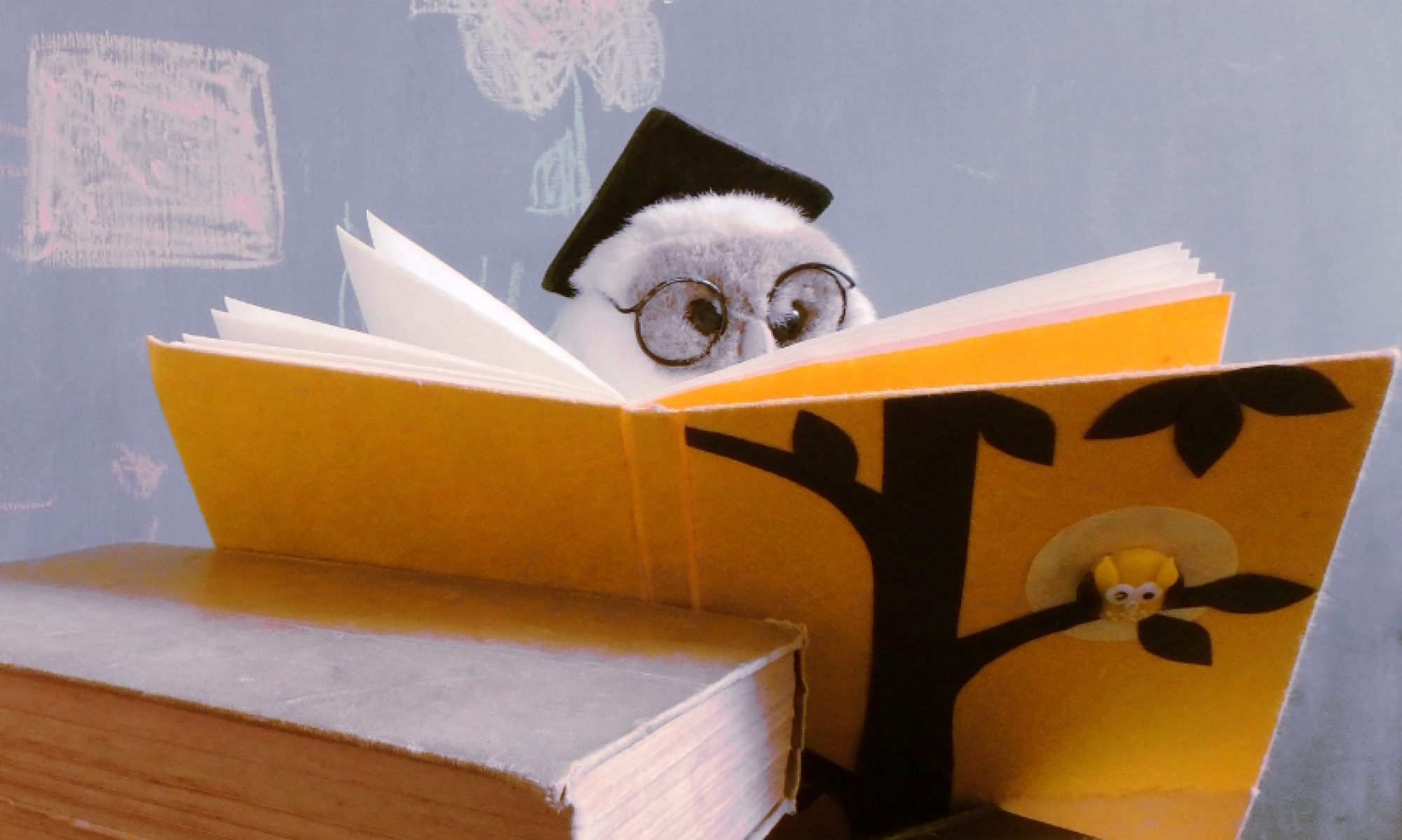As I talked about previously, I don’t feel that modern maths really enters into the classroom, or general maths curriculum very often. But that doesn’t mean it can’t! In fact, some of this maths is so easy, you can start learning and playing and thinking about it with your preschooler or primary-school aged children.
Here’s some cool maths ideas we’ve done at home.
Continue reading “Modern Maths to Do With Your Primary Schoolers: Fractals”






